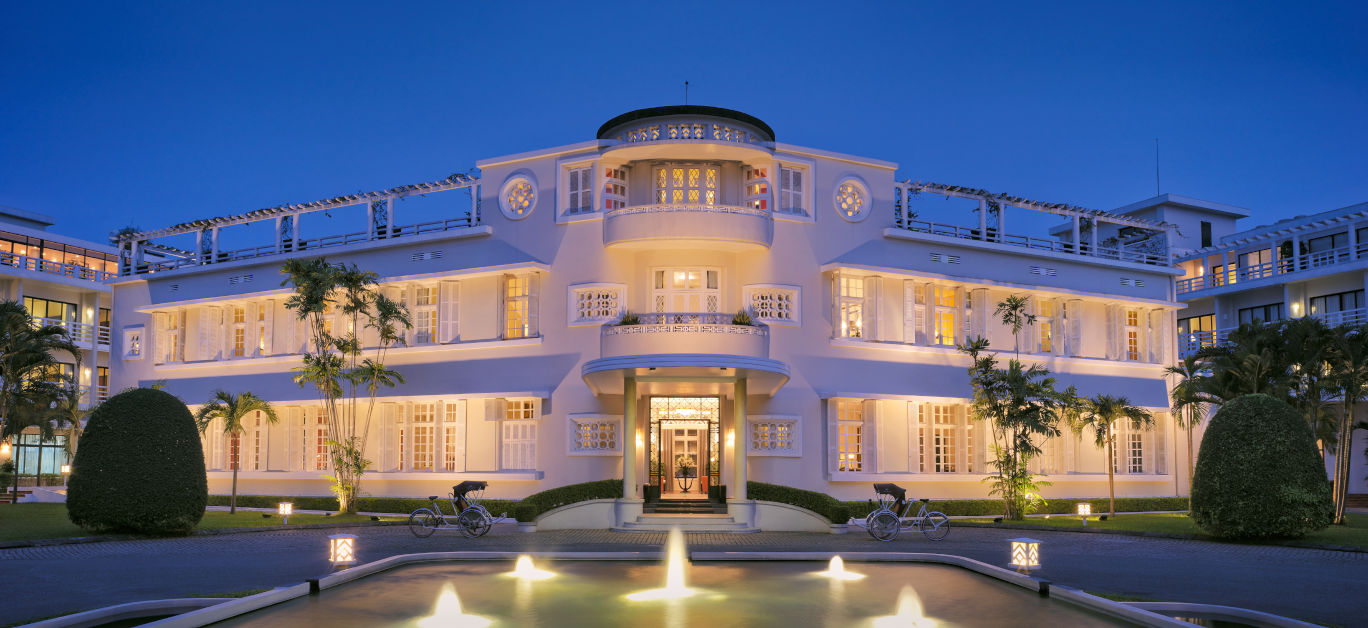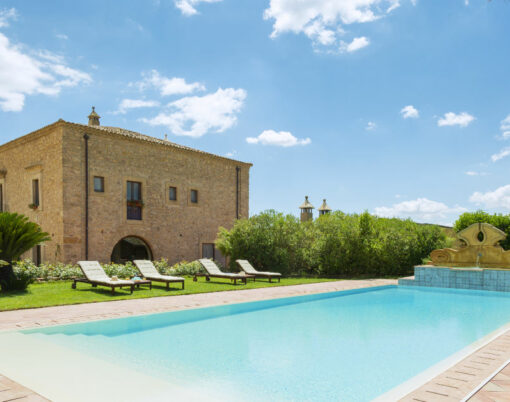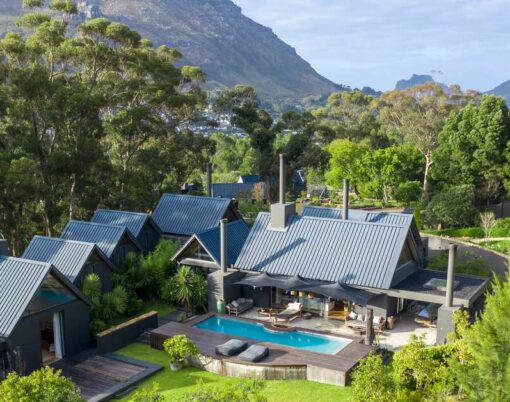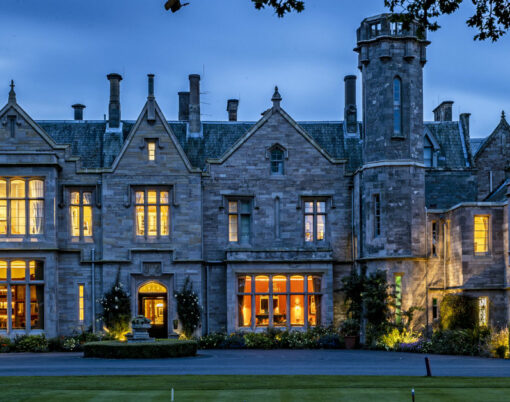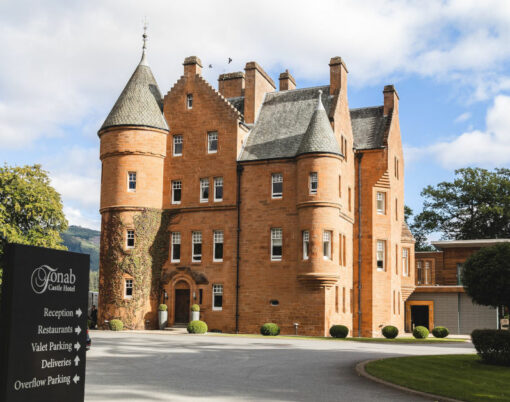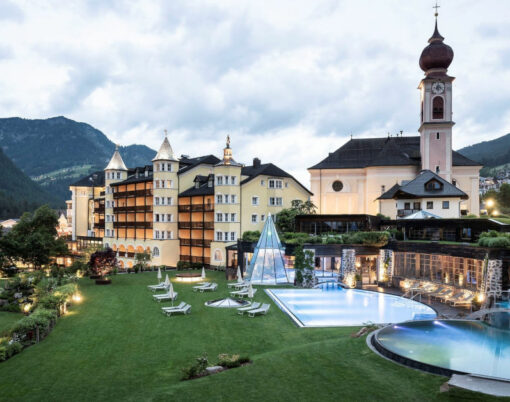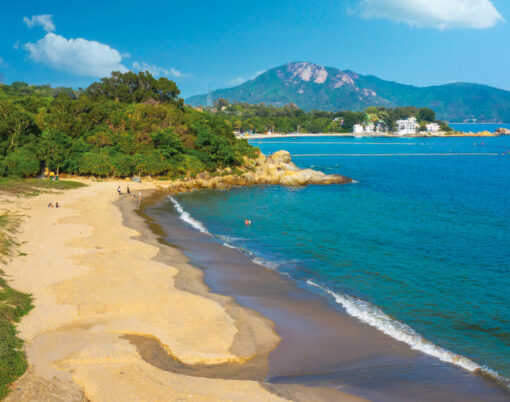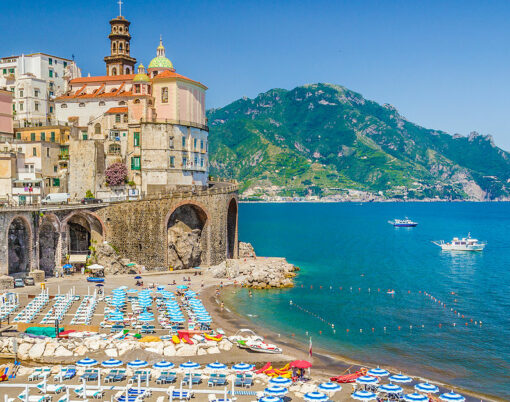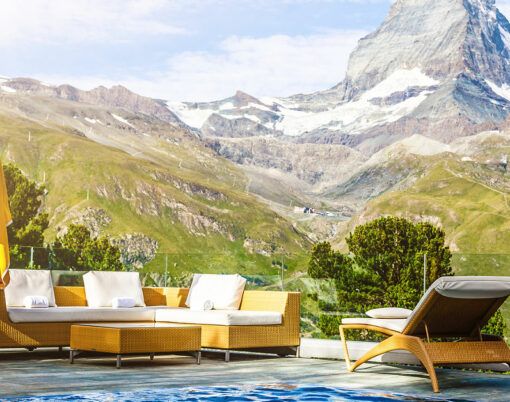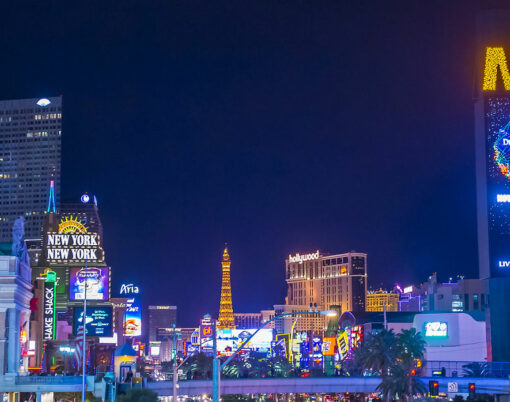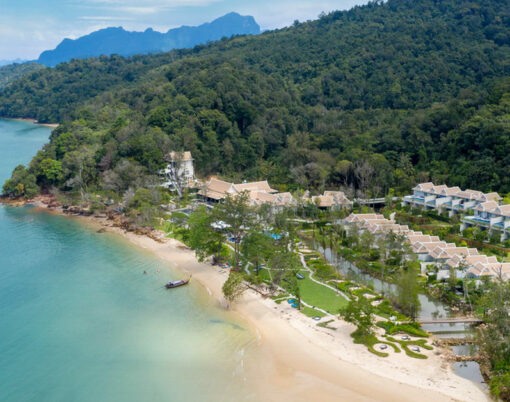Words by Bart Conley
All over Asia we’re lured – indeed, seduced – by the architectural flourishes of bygone days. The age-mottled walls of centuries-old temples, the ironwood pillars and panels of village homes, and the soaring ambitions of moneyed estates and colonial-era hotels. Life looked to be lived on a larger stage once upon a time, and we sometimes wonder whether people back in the day didn’t move through the day with Edith Piaf somewhere close by, putting music to the mundane.
The feeling is especially palpable in Asia, where the past lingers a bit longer than elsewhere, and where, for many travellers, being far-flung in distance lends itself to being far-flung in time, as well. The American writer William Faulkner knew what he was talking about when he told us, “The past is not dead. It’s not even past.” Nostalgia sells. Witness the legions of guests that troop through the doors of the Metropole in Hanoi, the Oriental in Bangkok, Raffles in Singapore, and who tick off the appeal of heritage and the desire to go back as the top reason for their visit.
Nostalgia was originally diagnosed as an illness. The word itself breaks down to Greek roots as nostos (home) and algos (pain). And for years – generations, in fact – the impulse was thought to be a weakness. How can anyone get on with their life when they long to return to the past?
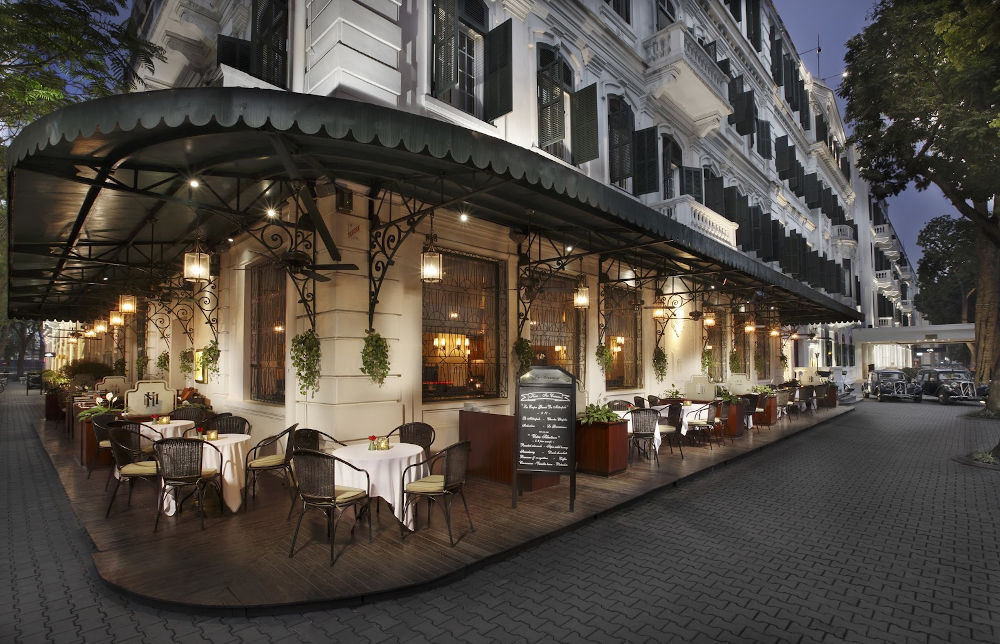
But new research on the subject tells another story, namely, that nostalgia is good for you. Like Ulysses, whose thoughts of home and hearth helped motivate his journey back to his people after the Trojan War, nostalgia can take us where we need to go.
“Nostalgia has been shown to counteract loneliness, boredom and anxiety. It makes people more generous to strangers and more tolerant of outsiders. Couples feel closer and look happier when they’re sharing nostalgic memories. On cold days, or in cold rooms, people use nostalgia to literally feel warmer,” John Tierney wrote in the New York Times recently.
This may very well describe the unarticulated motivations of guests I met at the Sofitel Legend Metropole Hanoi, just before the pandemic turned the lights out all over. They had come all the way from France not so much to visit the destination as to stay in a place their grandparents had stayed in in the 1940s. But even if you aren’t French, and can’t look back into family photo albums to the halcyon days of Old Tonkin, there is still a desire to be comforted by the embrace of an historic old property.
Something else may be at work, too, as people check into storied old buildings, intent on a narrative line that once engaged the likes of Charlie Chaplin and Graham Greene: They’re adding their own chapters to a personal storyline that can be thought of as ‘anticipatory nostalgia.’
“There’s a good deal of talk about the halcyon days at the Metropole, but I would have to say that our best days are with us now,” William Haandrikman, general manager at the Sofitel Legend Metropole Hanoi, said shortly before the pandemic. “The hotel has never, ever looked as exquisite, the dining has never been so sumptuous, the rooms have never been so comfortable.”
The Metropole is not alone. Across Asia a number of hotels that loom out of the past as icons of another age are, in fact, experiencing an even better heyday today. Say what you will about the glories of Marelli fans and a Victrola, but give me whisper-quiet aircon and bluetooth connectivity.
Here are five storied hotels looking for characters to an emerging legend.
Azerai La Residence Hue, Vietnam
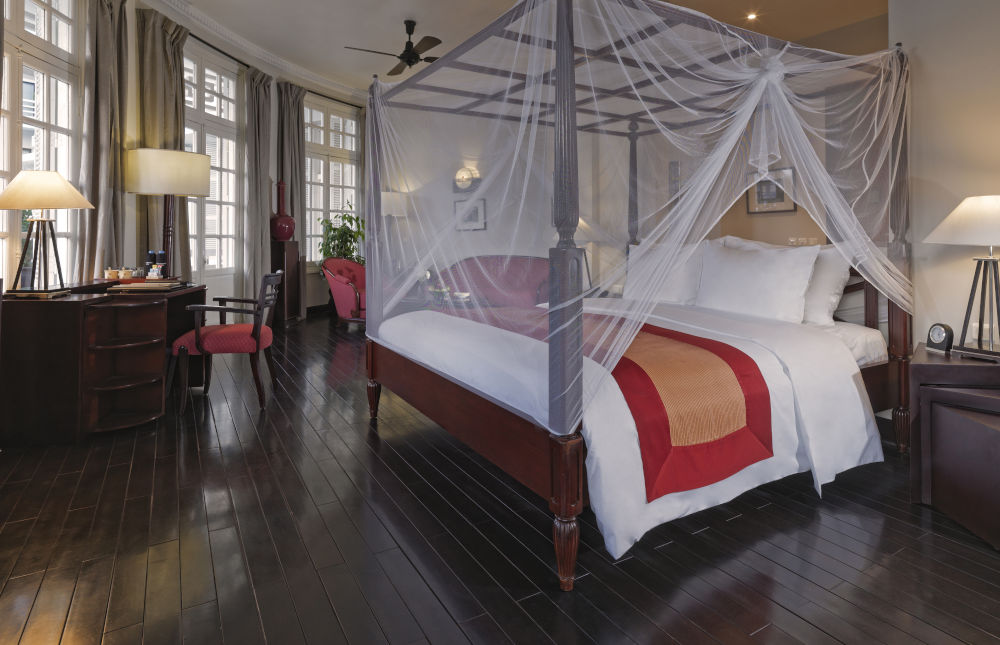
In 1930, the mansion at 5 Le Loi (then Jules Ferry Boulevard) opened as an addition to the residence of the colonial French Resident. Art deco was the rage all over, from Paris to Miami’s South Beach, and Hue was to be no exception. The colonial government commissioned a grand mansion, anchored by a rotunda and flanked by swept wings. The building’s bowed façade, its long horizontal lines and such nautical touches as porthole windows are hallmarks of the streamline moderne school of Art Deco (see main image).
The mansion slipped through the 1930s and into the 1940s and 1950s as the most desirable lodging in the imperial capital. Bao Dai, the last emperor of Vietnam, stayed in a first floor room on one of his last visits to Hue. Thailand’s King Bhumipol put up here sometime in the 1950s. The parties were extravagant.
Hard times fell upon the mansion in the 1960s. Indeed, National Liberation Front cadres (Viet Cong) stole into the building at the Tet New Year holiday in 1968 and captured the highest-ranking official of South Vietnam’s government to be captured during the war. Later, the official’s son, Nguyen Qui Duc, wrote a memoir, Where the Ashes Are, that begins at Tet, 1968, in the mansion at 5 Le Loi.
Fast forward into the parabolic depths of the 1980s, and the government guest house was afflicted with pink table cloths (dining tables) and too many dragons (carved into furnishings). In the early 2000s, a young French entrepreneur was smitten by what he saw in the old mansion, so he hired a designer out of Paris and gave her the remit: Bring back Art Deco as we knew it in the 1920s and 1930s. The result was La Residence, and since last year Azerai La Residence Hue after Adrian Zecha’s hotel management group took charge.
Two new annexes extend from either end of the old mansion, looking as if they have been there since the beginning, while a salt water swimming pool extends across a garden. After a run of general managers from France and Germany, a Vietnamese general manager moved into the head office six years ago and the hotel is more glorious by far than it has ever been. Indeed, in the late summer of 2019, Time magazine called out the hotel as one of the ‘World’s 100 Greatest Places’.
The magazine noted the hotel’s location on the city’s fabled Perfume River. That very reason may be the key to why the hotel is such a remarkable experience, says the hotel’s general manager, Phan Trong Minh. “Back in 1801 and 1802 when the first of the Nguyen Kings were planning the design of this new capital of Vietnam, they consulted with geomancers, who in turn consulted with the wind and the water and the lay of the land. In Vietnam, we call that system of laws phong thuy. In the West, you know this as feng shui.”
It’s here, Minh says about the phong thuy, as if it were not merely a law but something else, something glorious.
Tanah Gajah, Bali
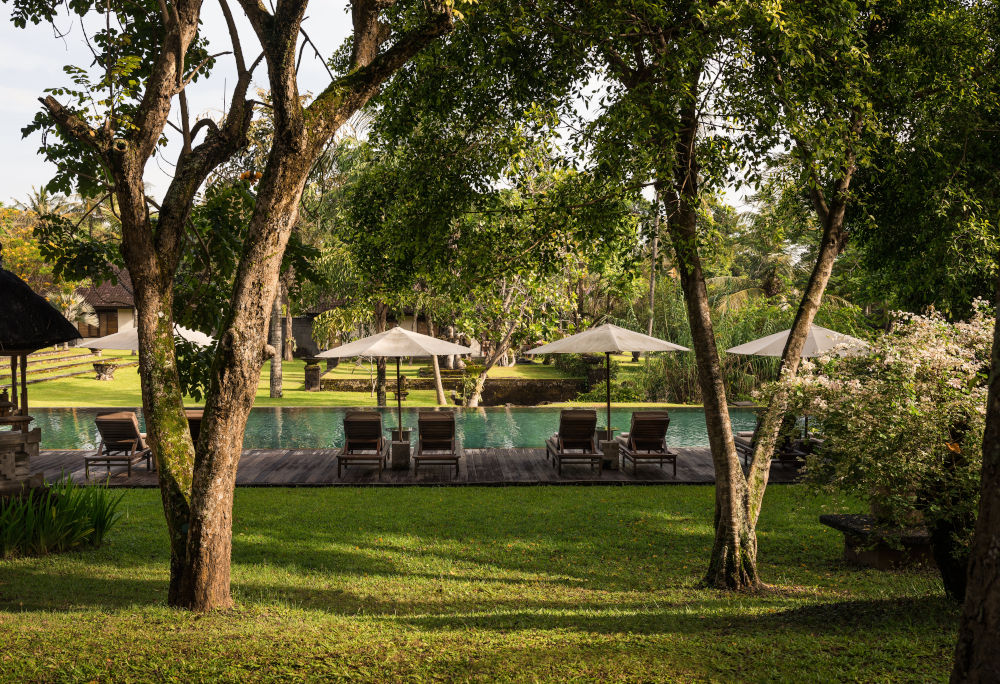
In the late early 1980s, when the rigors of life in Jakarta were more than Hendra Hadiprana could bear, he started dreaming of a place in Bali. The noted Indonesian designer and architect had been coming to Bali for years, and when the dream of a place took root, he started drifting up into the highlands at Ubud for exactly the spot. He found it.
Over the next twenty years, he pieced together an estate for his family, one burst of inspiration at a time, not so much building as conjuring a sanctuary among the rice fields of Ubud. He built a villa for his wife and himself, villas for his children, villas for guests, and a swimming pool, of course. Then he fashioned grace notes among this congregation of exquisite dwellings.
In 1982, he raised Bale Dedari, a bungalow where he chatted with family, friends and colleagues. In 1993, he dedicated a Bird Lounge to the birds of paradise on the Island of the Gods. In 1995, he built another, expansive pavilion, the Tengah Sawah, as a place for his family to play games and celebrate the new year. On and on, he was building as his family grew and fashioned memories that endure as enchantments. Then, he stopped and turned the property over to GHM, which managed the estate as one of its Chedi hotels until the end of last year.
And then the Hadiprana family took the estate back into its fold and relaunched the hotel as Tanah Gajah, the first of a family of resorts. Though the family patriarch died several years ago, his spirit looms large over a place brimming with a collection of paintings curated by Hadiprana during his lifetime, and by statues on pedestals throughout the grounds.
Building on the patriarch’s foundation, and on the incremental improvements GHM made during its tenure (new pool spa villas and renovations), the Hadipranas are now engaged in a labour of love that’s partly a matter of wringing every last ounce of luxury out of the 20-villa estate, and partly a tribute to their family’s past. The ceiling of the restored Huiyam villa, that was the estate’s first building, is now adorned with a traditional Balinese painting. They’ve built a new tapas outlet, the Panen Padi Lounge and they’ve refurbished the Bird Lounge, now complemented by a new dynamic artwork installation of a menagerie of birds.
“Sometimes evolving means returning to the place where you first began,” says Deasy Swandarini, the resort’s general manager, who like Phan Trong Minh, is the first native manager to serve as GM. “With the change we’re honouring where we came from and using that as inspiration to fine tune what’s in place and expand on what works to create something truly extraordinary.”
Grand Hotel d’Angkor, Cambodia
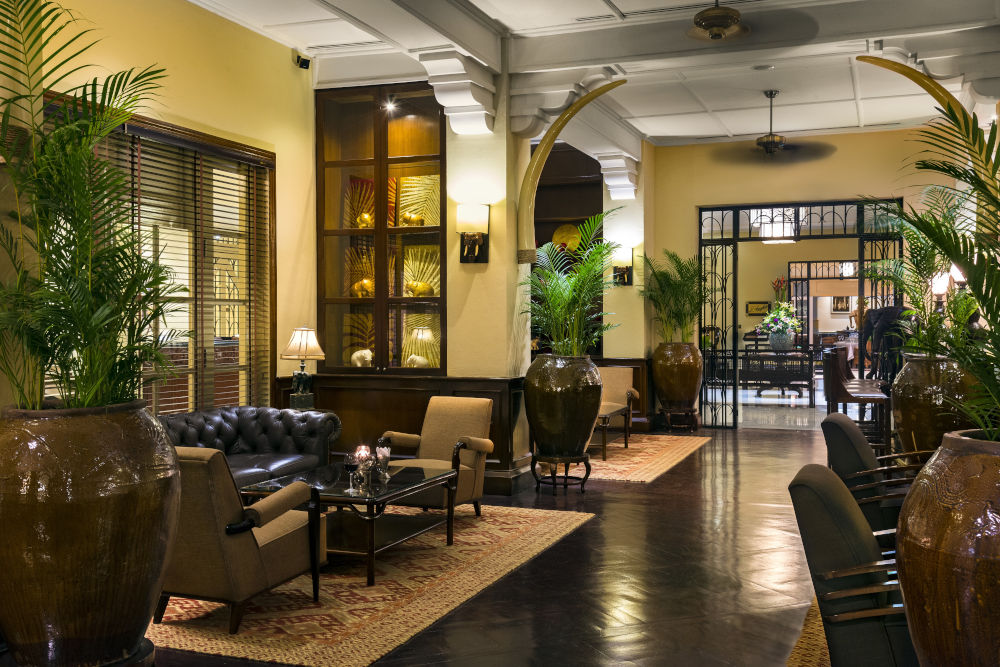
Say what you will about the legacy of colonialism in Southeast Asia, one thing is indisputable – the Europeans built marvellous hotels, including the Grand Hotel d’Angkor in Siem Reap.
Opened in 1932 as one of five new hotels envisioned by the legendary architect and colonial town planner, Ernest Hebrard, the Grand detoured from the precedent set by Le Royal in Phnom Penh. Where the 1929-built Le Royal was made of brick and stucco, the 63-room Grand waded into the currents of the day as a concrete, Art Deco palace, looking like something unmoored from the oceanfront promenades at Nice or Monte Carlo.
The hotel’s massive, symmetrical wings, raised portico and balconies that punctuate the building’s magisterial facade echoed the attributes of the great resort hotels built around the world in the early 20th Century and satisfied the yearnings of travellers who wanted a glimpse of the ruins at Angkor, eight kilometers away. Charlie Chaplin showed up in 1936 with his newlywed wife, Paulette Goddard.
Travellers debarked for the wonders of Angkor by motorcar and by elephant. The hotel built a small golf course behind the hotel, and a formal garden in front. Charles de Gaulle visited in 1966, Jacqueline Kennedy Onassis in 1967, and Princess Margaret in 1969.
The war put an end to a glorious 30-year run for the storied property, and the hotel descended into doldrums. Resuscitation came in the early 1990s, and the hotel has been gaining muscle ever since. Raffles took charge in 1996 and, the following year, opened an enormous pool behind the hotel, the largest in Cambodia. A new wing helped double the hotel’s room count, as did several stately villas that punctuate the grounds. The hotel restored the park at the front of the hotel so that the visual experience is compelling.
Last year, Raffles shut down the hotel for six months for another pivotal renovation, upgrading all of the rooms, suites and public areas. They opened a new restaurant, 1932, in homage to the year they opened and renovated the Apsara Terrace with a brand new marquee as a venue for Khmer dance performances and elegant events. To help deepen the spell of years gone by, they installed rotary telephones and upgraded the traditional writing desks with USB charging ports. The age-old metalwork elevator has been lovingly restored to its former glory and it remains the oldest still operating elevator in Indochina.
All of this, said the hotel’s general manager Oliver Dudler, because “we’re custodians of an incredible historical asset.”
Back in the day, the Grand was a place where travellers could put up for less than $10 per night, even into the 1960s. Today, the Grand has been hailed as one of the top 20 hotels in all of Asia, by Condé Nast Traveler. Discriminating minds reckon the hotel as the most compelling hospitality experience in Cambodia.
“As much as we like to indulge the stories of our past, and how exciting it was to be at the Grand back in the 1930s and 1950s, we think our best days are yet to come. In 50 years, when people look back on what it was like at the Grand in its heyday, we think they’re going to be talking about in the next decade!” said Dudler.
Palace Hotel Tokyo, Japan
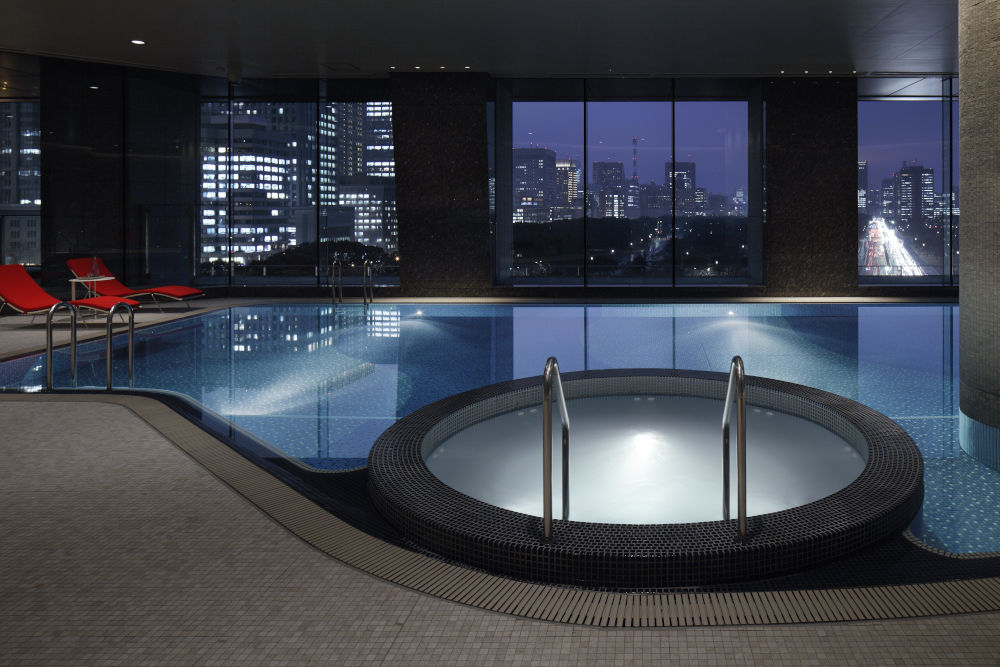
Though many hotels invoke the majesty of the word palace, few are actually located on a moat. Palace Hotel Tokyo is on a moat shared with the Imperial Palace Gardens and has been ever since a building on this site opened as the Hotel Teito in 1947.
Like many hotels, the original building was developed for other purposes, in the Teito’s case as the Forestry Office of the Imperial Household. After the war, the Americans impounded the building for use as a Japanese government-run hotel, and a hotel it has remained.
By 1959, the Teito’s infrastructure was tired and the property was sold into the private sector and redeveloped as the Palace Hotel, opening in September of 1961. The Palace boasted 450 guest rooms, banqueting halls, restaurants and a roof garden. Ray Charles played at the Palace and British ex-pats in Japan organised a festival at the hotel in anticipation of a state visit by Queen Elizabeth. And from 1972 to 1991, 284 ambassadors travelled from the hotel to the Imperial Palace for the formal presentation of their credentials to the Emperor.
By the first decade of the 2000s, the Palace, like the Teito before, was getting tired, and was completely razed to make way for the next iteration as Palace Hotel Tokyo, which opened in May 2012 as part of a US 1.2 billion development. Heir to some of the most exclusive real estate in the city, the latest version of the Palace trumpeted 10 new restaurants and bars, the first evian spa in Japan and 290 rooms and suites.
In the eight years since re-opening, the hotel has emerged as a curator of Tokyo’s most intriguing experiences, from grappling (sumo wrestling) to the ways of the samurai. In 2016, the hotel won a five star rating from the Forbes Travel Guide, the only independent Japanese hotel brand to be so awarded, and has retained the standing ever since. Last year, the hotel teamed up with legendary restaurateur, Alain Ducasse, to open a French fine-dining restaurant, Esterre.
Today more than ever, the hotel is an oasis of natural splendour in one of the world’s most developed cities. As Forbes put it: “Leafy green trees, modern skyscrapers and the sparkling waters of the moat circling the Imperial Palace: There are perhaps few more eye-catching urban landscapes than the surroundings of Palace Hotel Tokyo.”
Sofitel Legend Metropole Hanoi, Vietnam
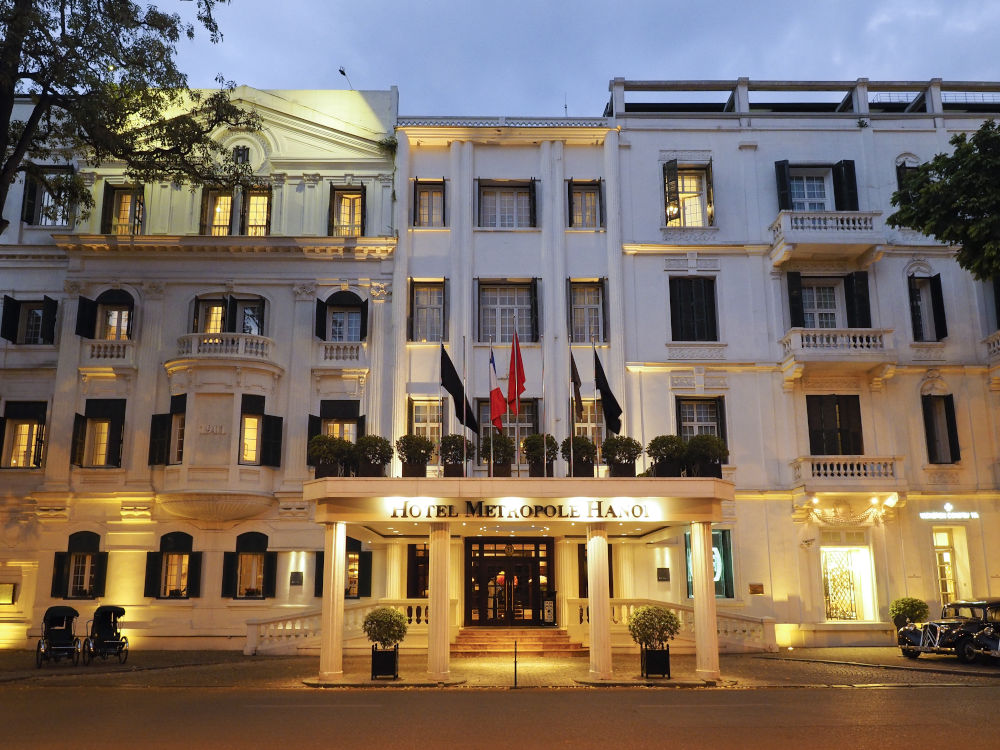
Few hotels in Southeast Asia evoke the Golden Age of Travel like the Sofitel Legend Metropole Hanoi, which opened in 1901 as the Grand Hotel Metropole. Its immaculate white facade, green shutters and sidewalk terrace so persuasively speak of another era that guests today can’t help but feel a kind of preternatural proximity to the likes of such former guests as Noel Coward, Somerset Maugham and Graham Greene.
Indeed, Somerset Maugham checked in in 1923 with plans to finish his book The Gentlemen in the Parlour, and Graham Greene made his first visit in 1951 and, it is believed, wrote portions of his masterpiece, The Quiet American, in the hotel.
In 1931, the American journalist Edgar Snow reviewed the hotel for the New York Sun, and wrote this of the scene he encountered at the Metropole then: “Here you see the wives of French army officers, and a few brilliant and seductively gowned Congais or Eurasians in the arms of the men who are generally not their husbands. It is all very gay and on Saturday nights, when dancing lasts until 2 o’clock, it even partakes of a breathless abandon.”
All of this gaiety died down with the arrival of the First Indochina War in 1946, and the Second in 1964. Jane Fonda whiled two weeks at the hotel in 1972 and won the enmity of many in her country when she posed at the trigger of an anti-aircraft gun. Joan Baez stayed at the hotel for 11 days that same year and recorded part of an album in the hotel’s bunker during the infamous Christmas Bombings.
In 1989, a new joint venture company launched renovations that wrapped up in 1992. The hotel built back its reputation as one of the most compelling stays in Southeast Asia, and Sofitel confirmed the hotel’s iconic status in 2009 by crowning the Metropole as its first Legend hotel.
The 2009 renovation was so thorough that Condé Nast Traveler lauded the hotel on its Hot List, which is otherwise reserved for new hotels. Its first spa emerged from a 110-year incubator and was roundly celebrated as one of the top hotel spas in the world. A whole new round of illustrious guests descended on the Metropole, from Angleina Jolie to Robert de Niro, and Joan Baez returned for another 11-day stay in 2013.
It was for Joan Baez, a homecoming of sorts. She believed her return to Hanoi was necessary. “I don’t really believe in coincidences,” she told the hotel’s general manager at the time. “Something in me was ready to come back.”
The same is true for all of us now and then. As F. Scott Fitzgerald put it at the end of The Great Gatsby: “So we beat on, boats against the current, borne back ceaselessly into the past.”












